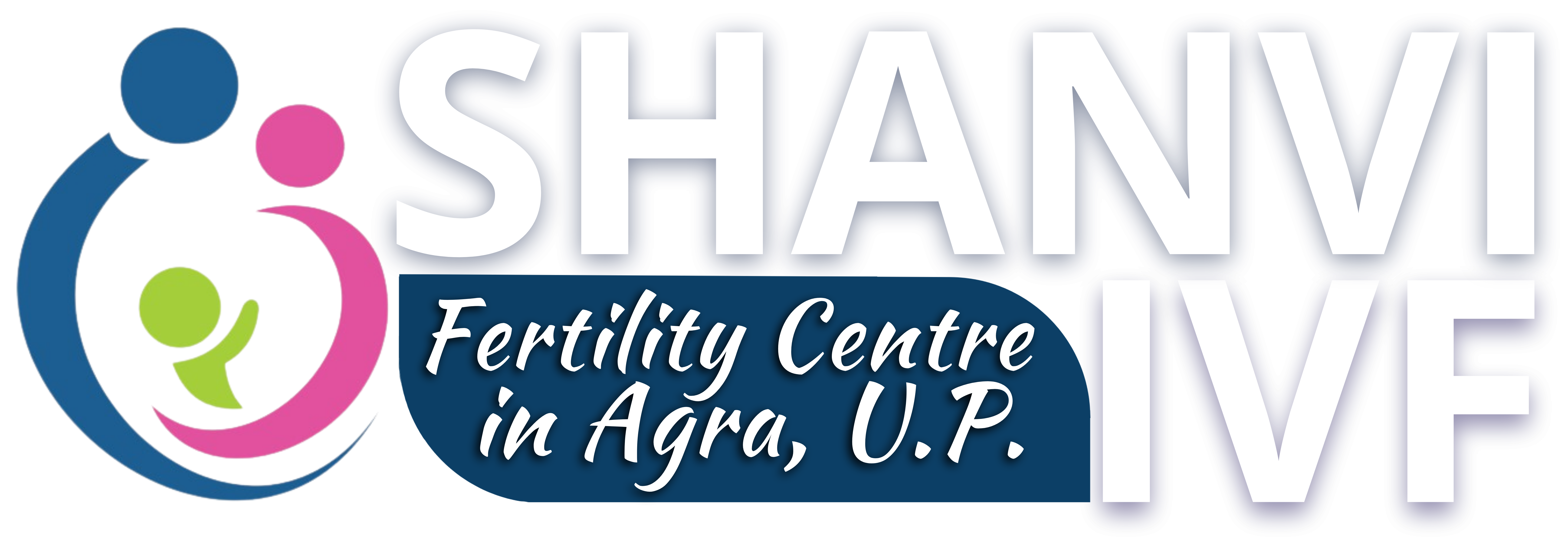BLASTOCYST TRANSFER
Blastocyst transfer is another advanced technique that helps in increasing the chances of a successful pregnancy in the IVF process. It is the process of transferring a blastocyst, or an embryo at the five-day stage of its development, into the uterus. Blastocyst transfer in IVF is more natural as it mimics the exact time at which the naturally-conceived embryo enters the uterus. By transferring only the most viable embryos, it allows for more precise selection and higher chances of success.
Blastocyst-stage extended culture
- Ovarian Stimulation: The female is given some medications or injections to induce the release of eggs from the ovaries.
- Egg Release: To assist with the final maturation of the egg and loosening of the egg from the follicle wall, an injection of Human Chorionic Gonadotrophin (hCG) – the trigger – is administered.
- Egg Retrieval: The egg retrieval is performed 35-38 hours after ‘the trigger’ under ultrasound guidance, and takes place while you are sedated.
- Semen Sample: Once the semen is collected from the male partner, it is washed and only the most healthy sperms are selected.
- Insemination: The selected sperm is then injected into the egg (in case of ICSI) or it is kept with the egg to allow for fertilization.
- Fertilization: The dishes containing the inseminated eggs are placed into an incubator and checked for fertilization 16-18 hours after insemination.
- Embryo Formation: Once the embryos are formed, they are kept in the lab for about 2 to 5 days.
- Blastocyst: The stage of the embryo when it becomes 5 days old, is known as blastocyst. In this stage, only the likely-to-hatch embryo is prepared for embryo transfer.
- Embryo Transfer: This embryo which is the most healthy among the lot is allowed to transfer into the womb. The embryo is kept in the transfer catheter and is released into the uterus. In most cases, only one or two blastocysts are transferred.
- Vitrification: In this process, the embryos that were not used were allowed to freeze while maintaining their health and viability. This process is known as Embryo Freezing. Frozen embryos can be used in subsequent cycles if the first cycle is not successful or for a sibling pregnancy.
What are the benefits of blastocyst transfer?
- Blastocyst transfer is a procedure used in assisted reproductive technology (ART) to increase the chances of successful pregnancy. This technique has several advantages over traditional embryo transfer methods, including
- improved pregnancy rates and
- reduced risks of multiple births.
- Additionally, it can be used to select embryos with the highest chances of implantation and successful development for transfer.
How is blastocyst transfer different from other normal IVF procedures?
In vitro fertilization (IVF), the embryo is transferred at the 3rd or 4th day of formation. While in the case of Blastocyst Transfer, an embryo is transferred on day 5 of its development. This process is more natural (as the naturally conceived embryo also reaches the uterus on the 5th day) and has a high chance of a successful pregnancy.
What is the success rate of blastocyst transfer?
Is there a certain age or fertility level at which blastocyst transfer is recommended?
Blastocyst transfer is preferred in all IVF cases, however the females above 35 years of age and more should prefer it rather than the regular embryo transfer.
How long does it take for a blastocyst to develop after fertilization in vitro?
After a sperm fertilizes an egg in five to six days blastocyst is formed. Layers of cells in the blastocyst divide and separate making it a structure that protects and nourishes the developing fetus.

With access to
24 Hour
Emergency
Assistance
A 24-hour emergency service is available to assist you. If you need help, please call us and we will be there as soon as possible.



